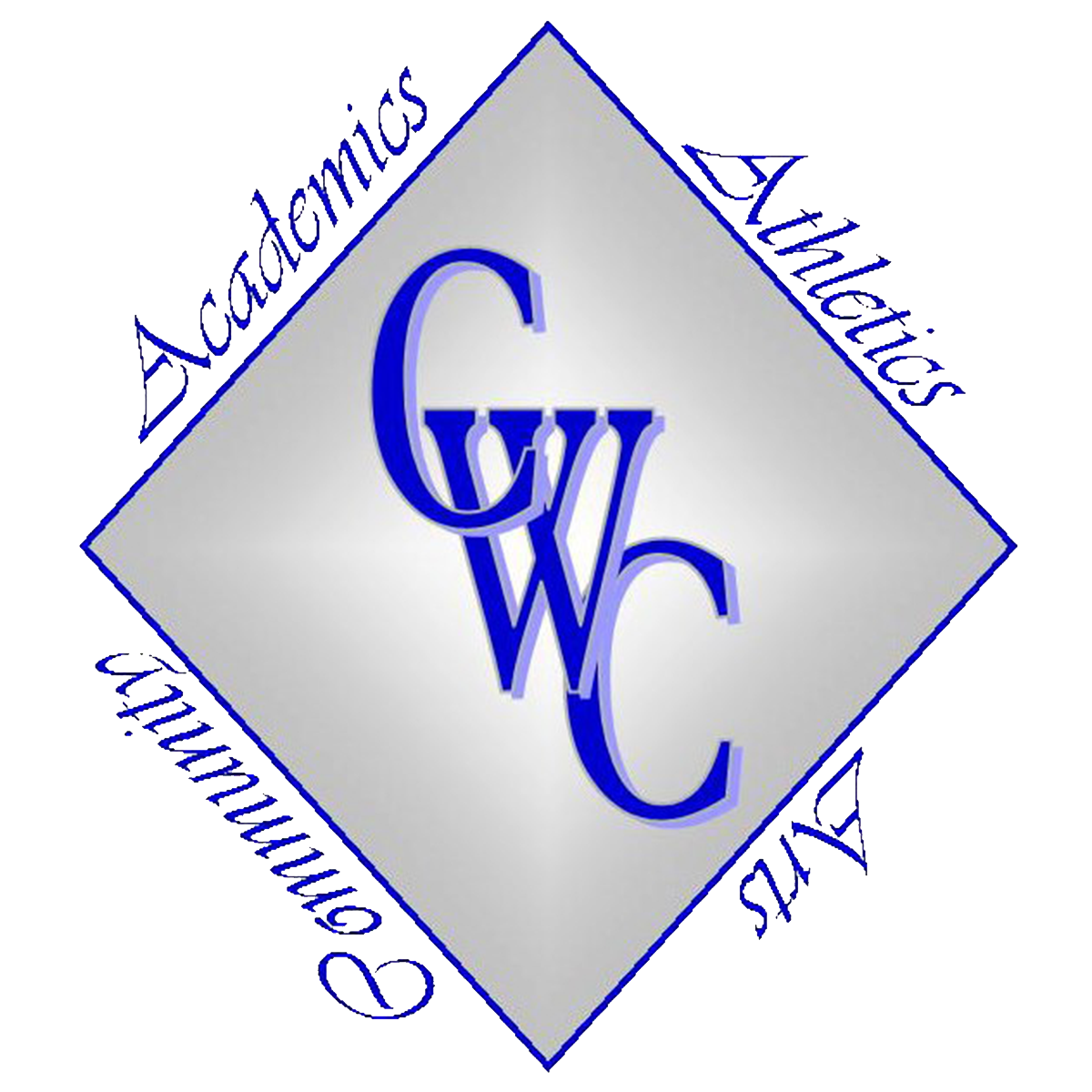Technology - Elementary
K-5 media specialists support curriculum development and integration, technology instruction, and professional development in their respective schools. Elementary students engage in curriculum-related technology activities designed by their classroom teacher and/or library media specialist.
During the primary grades, students become engaged in a number of developmentally appropriate computer projects, beginning in kindergarten. Computers are used for problem-solving activities, creating simple publishing projects, painting and drawing, and slideshow presentations. As students progress through the grades, they complete projects and participate in technology-based activities that are more complex. Fifth grade students participate in a culminating activity which is publishing their own website.
Through the incorporation of mobile devices such as iPads and Chromebooks and online tools which include Google Apps, students in grades K-5 develop their technology skills and dispositions through collaborative inquiries. The goal is for students to leave the elementary schools with the feeling that they can find, evaluate, and present information, and have the confidence that they can use technology independently.
Elementary students also learn how to create multimedia presentations and how to use the Internet as a tool for research. Students have access to a variety of subscription-based online reference materials and software to support this goal.
Elementary Student Technology Expectations
1. Empowered Learner
Students leverage technology to take an active role in choosing, achieving, and demonstrating competency in their learning goals.
Applications such as Google Apps and Blogs (Seesaw, Sites)
Google Apps and Chromebooks introduced in Grade 1.
Students will:
Create multimedia presentations
Create digital art and media
Publish digital text
2. Digital Citizen
Students recognize the rights, responsibilities and opportunities for living, learning, and working in an interconnected digital world, and they act in ways that are safe, legal, ethical, and self-aware.
Applications such as Google Apps, Seesaw and other online resources.
Grades K-5 will have specific lessons and presentations by media specialists and classroom teachers. Lessons will include a discussion of cyberbullying.
Students will:
Understand and follow the District Acceptable Use and Internet Safety Policy
Advocate and practice safe, legal, and responsible use of information and technology
Exhibit a positive attitude toward using technology that supports collaboration, learning, and productivity
Demonstrate personal responsibility for lifelong learning
Exhibit leadership for digital citizenship
3. Knowledge Constructor
Students make meaning for themselves and others by critically curating resources
through the use of digital tools.
Applications such as Google Apps, Seesaw and other online resources.
Group Research in grades K-2 and independent research in grades 3-5
Students will:
Store, share, access, and manipulate files in Google Drive
Organize and reflect on content in Google Sites
Use apps to explain learning in their own words
Students will understand that different media have different purposes.
4. Innovative Designer
Students use a variety of technologies within a design process to solve problems by creating new, useful and/or imaginative solutions
Apply tech and no-tech tools and materials to support understanding of the design process
Grades K-5, integrated with science units and makerspace activities
Students will:
Use the design process to identify and/or solve problems.
Utilize physical tools in conjunction with digital tools to plan strategies for managing and designing their projects or products.
Develop, test, and refine prototypes of innovative designs, concepts, products or solutions.
5. Computational Thinker
Students identify authentic problems, work with data and employ algorithmic thinking to propose and automate solutions.
Applications such as Scratch, Kodable, Blockly, Code.org
Students will:
Understand that coding is an iterative process that requires testing and debugging.
Identify bugs in code and search for correct solutions.
Explain what a programmer does.
Move a “robot” in various directions using basic programming language.
Explain sequential programming processes.
6. Creator and Communicator
Students communicate clearly and express themselves creatively for a variety of purposes using the tools, styles, formats and digital media appropriate to their goals.
Applications such as iMovie, WeVideo, Google Apps, Padlet, Flipgrid, Seesaw
Grades K-5, multiple projects, coordinated with projects in the media center
Students will:
Understand that good presentations do not repeat what is being said, but provide complementary information.
Students will be able to modify the work, or extend the thinking of others to generate a novel expression.
Students will understand how visuals and audio work together to enhance communication.
Share stories and research with a public audience using publishing tools to create digital media productions.
7. Global Collaborator
Students use digital tools to broaden their perspectives, increase empathy and understanding and work effectively in teams.
Applications such as Seesaw (Class Blog feature), Google Apps, videochats (Google Meet, FaceTime, Flipgrid, Zoom, etc)
Grades K-5 students, across the curriculum will:
Use collaborative tools to communicate and work effectively with classmates and those outside their classroom as well as publish to an authentic audience
Use social media and video chats to connect with educators and field experts around the world.
Use digital communication tools to gain access to diverse global perspectives.
The elementary technology team will continue to foster communication and collaboration through online accounts that are available for all students in grades K-5. The major thrust of online tools will be to encourage communication and collaboration between students and teachers and their peers and colleagues via shared documents and presentations.
The elementary instructional coaches, media specialists and classroom teachers will continue providing technology training sessions and after-school professional development with the In & Out PD model. Professional development sessions that will encourage teachers to connect with colleagues and experts throughout the District and around the world using our online resources and social media. These connections can help teachers customize their professional growth and acquire new knowledge.
